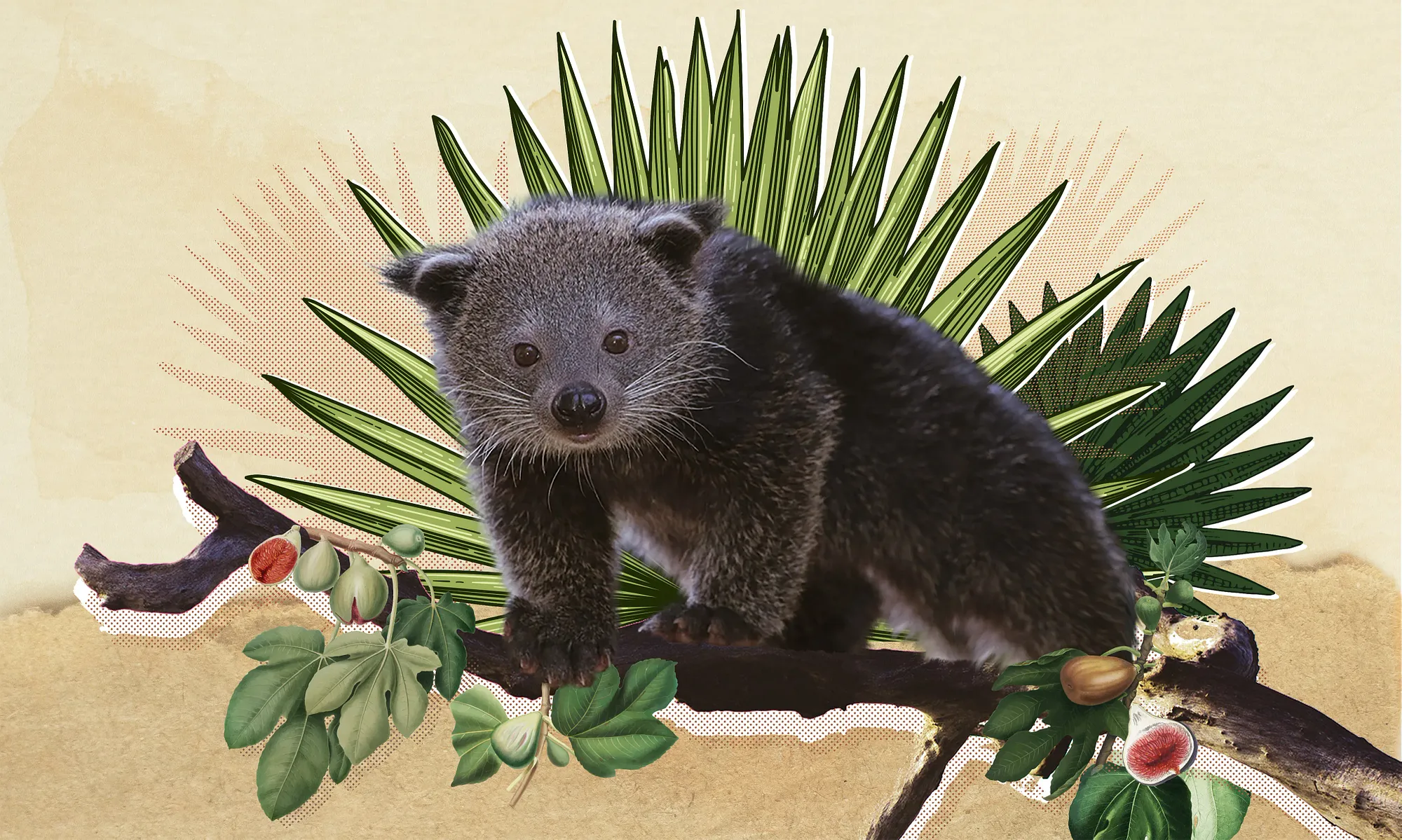I dream of lost vocabularies that might express some of what we no longer can
- Jack Gilbert -
Perhaps Gilbert could have found such vocabularies if he only thought to look to the animal kingdom — to thạch sùng, the common house gecko and their halting, high-pitched chirps that pierce the night.
Meanings shift with contexts, so beyond the obvious biological purpose of attracting mates and establishing territories, consider what else a thạch sùng call could express. As singer Cẩm Ly croons in her popular song “Tiếng Thạch Sùng,” it defines a haunting sadness that the most skillfully played đàn tranh strings could never convey.
While perhaps not revered, thạch sùng (Hemidactylus frenatus) in Vietnam is certainly respected as exemplified by Cẩm Ly singing on stage wearing an áo dài with a shimmering image of the lizard stitched on it. People are happy to have the creature in their homes snatching up mosquitos and whisking across ceilings like

Not all cultures see geckos the same way
Not all cultures see geckos the same way. Opinions of thạch sùng and their close relatives differ wildly across the many regions they have spread to from their native South, Southeast Asian range in the past several centuries. In Yemen and other Middle Eastern nations gecko have been blamed for the spread of leprosy, likely because of their propensity to drop their tails, which calls to mind the disease’s symptoms; in Nigeria, a gecko’s presence could foreshadow a death and Polynesian cultures associate them with deities and consider them sacred. Other Southeast Asian countries such as Thailand and the Philippines have different superstitions dictating whether having a thạch sùng in one’s home is good or bad luck.
While perhaps not as extreme as in other cultures, Vietnamese have some superstitions regarding thạch sùng, including the scientifically unfounded belief that they can help cure asthma if consumed. It’s unclear where this idea comes from, but I’d like to think that people afflicted with asthma heard the calming, clear call of a thạch sùng and thought consuming it could transfer the power, ridding their own lungs of obstructions.

Of all reptiles, only geckos can sing
Thạch sùng, like many members in the large gecko family, is unique for its ability to produce a great number of sound patterns and frequencies. Turtles can grunt, snakes can hiss and alligators can bellow, but of all reptiles, only geckos can sing. This singing — even more than their ability to climb across nearly any surface thanks to thousands of tiny hair-like fibers on each foot, or drop their tail if threatened — truly sets them apart.
Tắc kè (tokay gecko), a relative of thạch sùng, sings the same song, just in a slightly different key, so to speak. Its power is exemplified in the devastating poem ‘Nghe Tắc Kè Kêu Trong Thành Phố’ (On Hearing a Gecko Cry in the City) by Nguyễn Duy. Ten years after the Tet Offensive, the speaker hears a tắc kè call in Saigon and is immediately transported back to the miserable jungle battlefields:

A skittering creature that crouches in doorways to scarf bugs and licks its eyes clean seems an unlikely muse until you hear it sing. Does it inspire us because it sounds nothing like our own voices and thus reminds us of the gulf one must traverse between logic and emotion to create art? Perhaps it is because to hear a singing thạch sùng you must be very quiet, still, and ideally alone, and that is a time when creativity stirs? Or perhaps it is due to the fact that the synanthropic animal is neither conventionally beautiful nor rare, and leads an adaptive, simple life attuned with ugly corners and abandoned spaces — something that surely speaks to the lives of many artists.
Or maybe one should not question why thạch sùng compels one to make art, and simply let it happen. If I were a painter, I would fill canvases with them; if I were a pianist I’d compose symphonies in their honor and if I were a dancer their spasmodic sprint across the ceiling would inspire new routines. But I am none of these things. I fumble around with words; sometimes they work as poems.
The Geckos of
Quy Nhơn
I live in a paper lantern.
Every night, an overhead fixture fills my simple home
with a crisp, clean light that beamed out un-curtained windows,
the glass frosted as if covered with a winter child’s exhale.
But these are the tropics, ninety degrees at night,
air wet and sticky like dew trapped inside an upturned orchid.
During the day, lust-fevered anoles in the flowerbeds
unfurl their bright red dewlaps like plague ships’ flags of warning,
and at night, geckos with large, globed eyes
press their smooth stomachs to my translucent windows.
From my desk I watch their silhouettes ignore gravity.
They pause, tails poised like whips,
and scan the dark for the gnats, moths and midges
who are drawn to my lamp, confusing it for their precious moon.
What a cruel trickster god I am to those insects,
a lightkeeper purposely snuffing the candles to lure shipwrecks.
But to the geckos, my home is a burning altar,
and I their humble servant offering winged sacrifices,
asking forgiveness for my small, horrific sins.
















